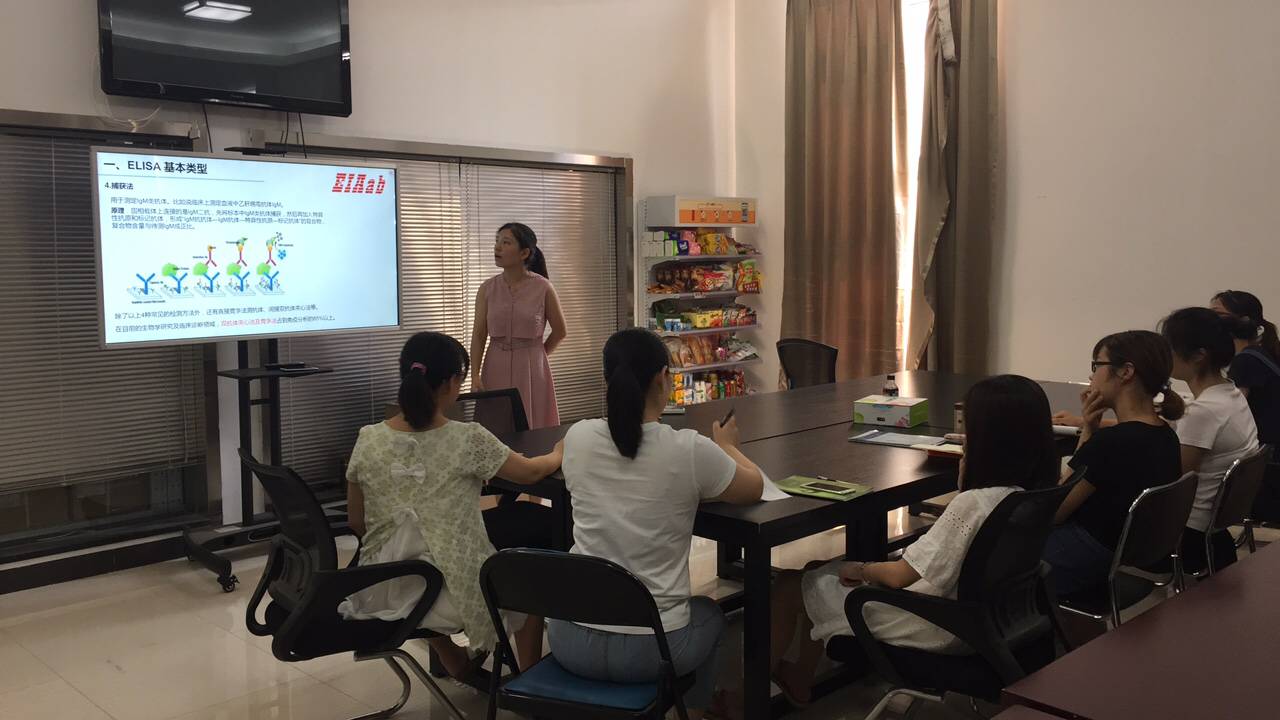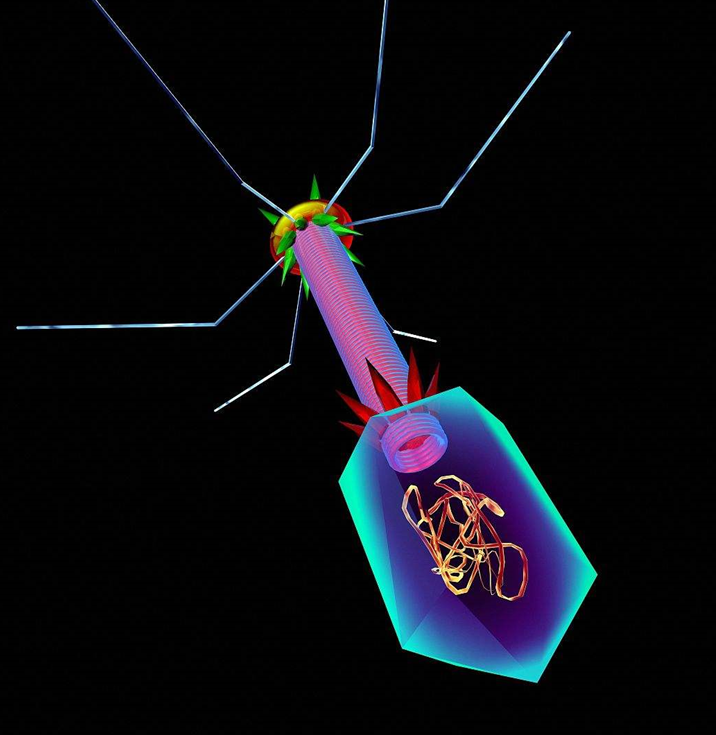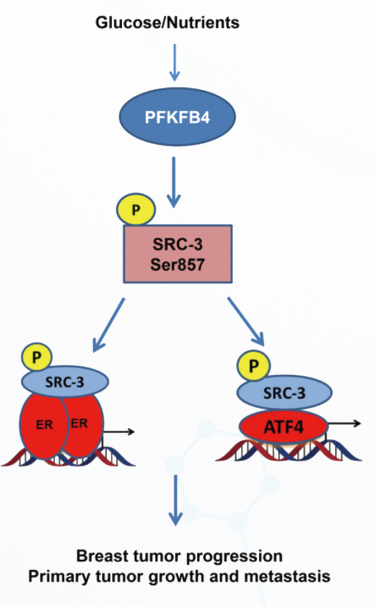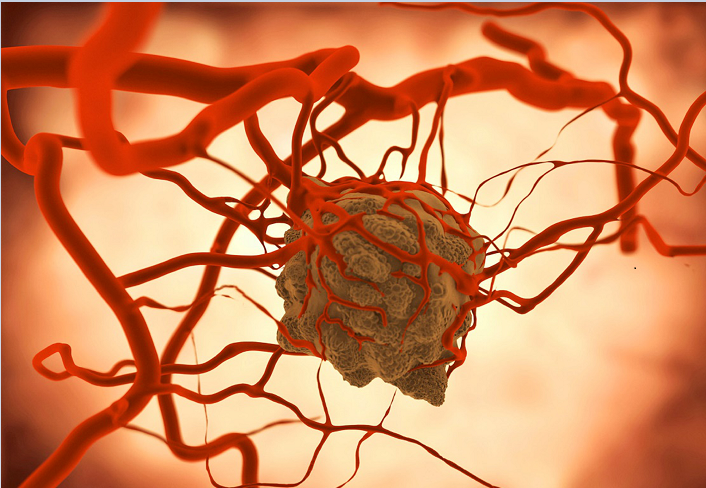Posted by star
on 2019-11-13 23:24:07
Hits:3030
Obesity and obesity-related diseases, such as type 2 diabetes and liver disease, constitute a major burden on global health. Researchers from the Cincinnati Children's Hospital Medical Center reported that blocking RNA silencing in the liver of mice allowed animals to Stay away from obesity and diabetes.
The team thoroughly screened and analyzed the activity of liver genes and their molecular targets (such as key proteins such as AMPK) and found that genetically deleted Argonaute 2 (Ago2) in the liver of mice, which affects energy metabolism by controlling RNA silencing. . When it silences RNA in the liver, metabolism and the ability of the liver to treat a high-fat diet are reduced.
Deletion of Ago2 in the liver is not toxic to animals, but it does stabilize energy metabolism. "Although this is still a basic study, we believe that this may be important for obesity-related chronic metabolic disorders such as diabetes and fatty liver," the researchers said. “We can continue to explore new ways to change the energy balance and regulation of obesity.”
"The role of Ago2 is the "joining point" between liver protein translation, energy production depletion, and AMPK activity. Functional disruption of these events is a common feature of obesity and its related diseases." The researchers said
The scientists pointed out that this is an early study, they need to further verify in the laboratory model, and finally develop a practical drug to inhibit Ago2 in the clinical environment.
EIAAB SCIENCE INC, WUHAN has developed Ago2 protein, antibody and ELISA kit.

Posted by star
on 2018-08-01 20:13:58
Hits:565

On the morning of July 31, 2018, EIAAB SCIENCE INC, WUHAN held a successful training about the application of ELISA kit.
Zhang Ting who is a member of the technology department mainly introduced the following three aspects to the company personnel: 1. Basic components of the ELISA Kit; 2. Application of ELISA Kit in biomedical science; 3. Application of ELISA in other fields. It mainly consists of three parts of ELISA test, as well as basic knowledge such as different classification according to the analysis principle. Examples are given to explain the applications of ELISA kit, which greatly strengthens the understanding of sales personnel and further clarifies the work content.
When Zhang Ting explained the related methods of the ELISA kit, everyone listened carefully and also actively participated in the communication. At the end of the presentation, the company personnel asked their own questions and Zhang Ting fluently answered all the questions. And we believe that the spirit and attitude of keeping improving in work with every personnel will certainly make the company go further!
Posted by star
on 2018-05-07 00:21:53
Hits:731
Bacteriophages were found to kill bacteria in the wreckage of World War I soldiers. A century later, the virus is drawing new attention because of its potential role in the human body. From the ocean to the soil, bacteriophages are almost ubiquitous. Now, one study shows that humans absorb up to 30 billion phages each day through the gut. Although the exact location of the virus is still unknown, recent data and other studies have prompted scientists to suspect that a large number of phages in the body - the "phage group" - may influence the physiology by regulating the immune system. A study of various animals from corals to humans found that the phage abundance in the mucus layer was more than four times greater than that in the surrounding environment, as was the case for phagosomes that protect human gums and gut. As it turns out, the outer sheath of the bacteriophage binds to mucus that is secreted by the body in large quantities and mucus together with water. Attached to the mucus makes the phage to encounter more bacterial prey. As a result, it has been demonstrated in a series of in vitro studies that these viruses protect the basal cells from possible bacterial pathogens and thus provide an additional immunological layer.

Posted by star
on 2018-05-01 23:46:28
Hits:1179
Nuclear receptor coactivator-3 (NCOA3, SRC-3), a 1420-AA nuclear receptor coactivator, does not directly bind to DNA. It is recruited to specific gene promoters by interacting with nuclear hormone receptors such as the progesterone receptor, estrogen receptor, and peroxisome proliferation activated receptor and other transcription factors such as E2F1, PEA3, and AP1.
It is reported that NCOA3 which is amplified in breast cancer 1 (AIB1) and also plays an important role in lung, ovary, prostate and pancreatic cancer over-expresses in many cancer cells. [1] NCOA3 plays an important role in optimal activation of the PERK–eIF2α–ATF4 pathway. XBP1–NCOA3 axis regulates cell fate decisions in ER-positive breast cancer cells. The PERK–ATF4 arm directly upregulated vascular endothelial growth factor A (VEGFA) and Lysosomal-Associated Membrane Protein 3 (LAMP3), thereby regulating tumour vascularity and invasion.[2] Moreover, the phosphorylation of NCOA3 can further increase the transcriptional activity of NCOA3. So the phosphorylation of NCOA3 is also a biomarker for many cancers. [3]

On April 3, 2018, a heavy study which was done by the team of Bert O'Malley at Baylor College of Medicine was published in the top journal "Nature
Posted by star
on 2018-04-10 22:53:30
Hits:1476

On April 3, 2018, Nature published an online article called Metabolic enzyme PFKFB4 activates transcriptional coactivator SRC-3 to drive breast cancer. The article points out that the Warburg pathway enzyme PFKFB4 acts as a molecular fulcrum that couples sugar metabolism to transcriptional activation by stimulating SRC-3 to promote aggressive metastatic tumours.
PFKFB4 also known as 6-phosphofructo-2-kinase/fructose-2,6-biphosphatase 4 which in humans is encoded by the PFKFB4 gene is an activator of a key regulatory enzyme of glycolysis and phosphofructokinase. PFKFB4 is a bifunctional enzyme that can increase intracellular F2,6BP and, thus, flux through PFK-1 or decrease F2,6BP and PFK-1 activity resulting in increased shunting of glucose 6-phosphate for NADPH and ribose production. PFKFB4 was observed to be over-expressed in human tumors indicating a potential role in cancer development and/or progression. This protein is highly expressed in cancer cells and is induced by hypoxia and is essential to the survival of cancer cells under conditions of hypoxia. This suggests that PFKFB4 may be a useful molecular target for the development of anti-neoplastic agents.
EIAAB SCIENCE INC, WUHAN has developed PFKFB4 protein, PFKFB4 antibody, PFKFB4 ELISA KIT. Welcome scientific research workers to choose and purchase.
